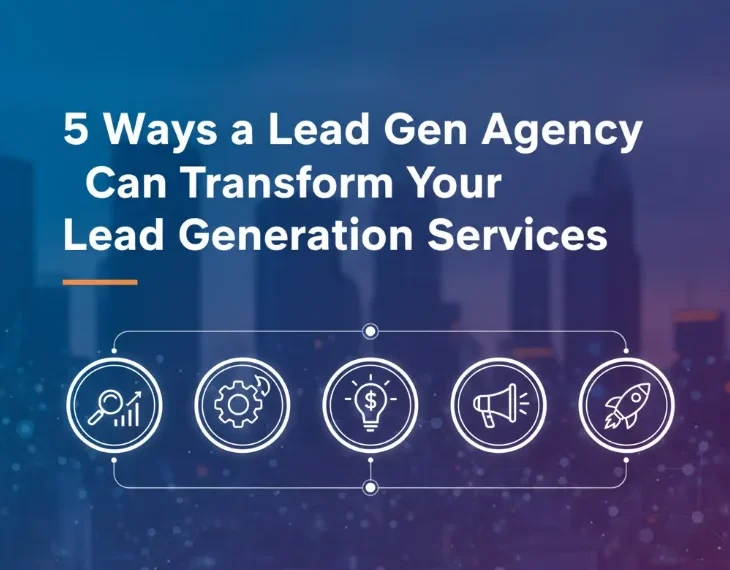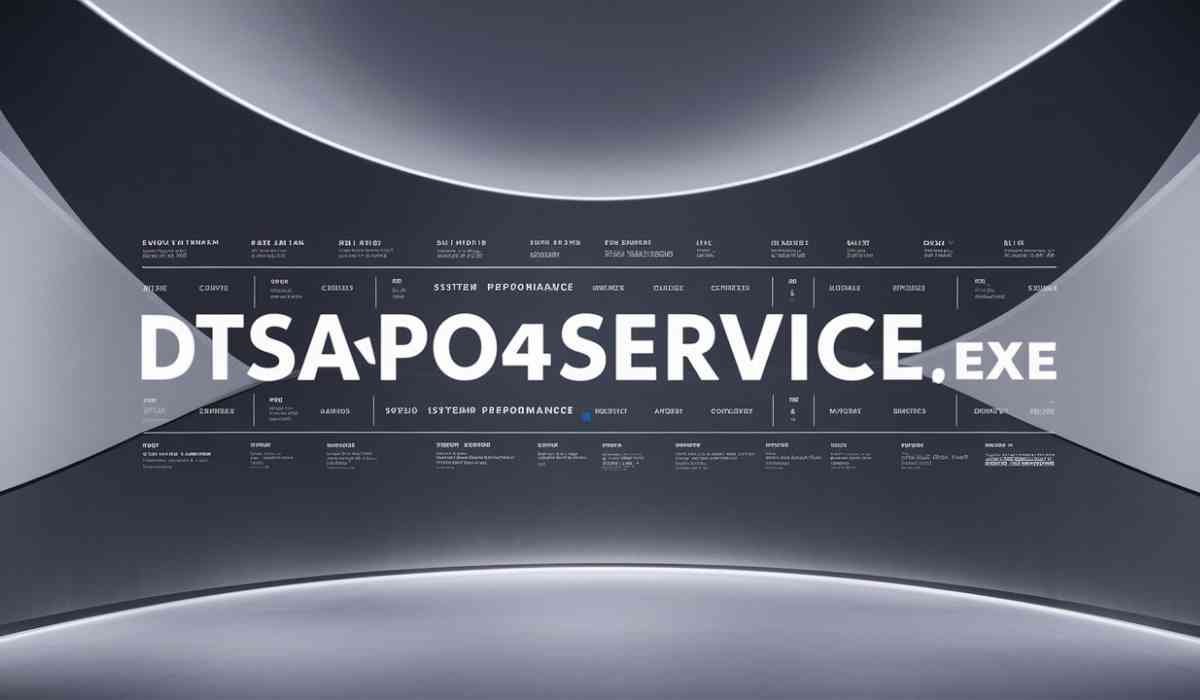Starting a new business is thrilling, but it also comes with serious challenges—especially when trying to promote your brand on a tight budget. Without massive marketing spend, how can startups generate buzz, capture leads, and drive sales?
Fortunately, digital marketing levels the playing field. With strategic planning and creativity, startups can compete with larger companies and carve out their own space. Let’s explore low-budget, high-impact tactics that deliver results without draining resources.
Building a strong foundation with limited resources
Clarify your goals and define your audience
Before choosing channels or crafting messages, it’s crucial to understand what you’re aiming for. Are you trying to drive traffic, build brand awareness, generate leads, or boost sales? Each objective calls for a tailored digital marketing approach.
Equally important is knowing your audience inside out. Creating detailed buyer personas—fictional representations of your ideal customers—helps shape messaging and campaigns. Include demographics, behaviors, pain points, and preferred platforms.
Startups have limited resources, so precision is key. The better you know your audience, the easier it is to focus efforts where they’ll yield the best results.
Additionally, understanding your audience’s purchasing journey—from awareness to decision—can help you craft content and offers that resonate at each stage. Mapping customer journeys ensures that no potential lead falls through the cracks.
Make the most of free and affordable tools
Many startups thrive by tapping into free or low-cost digital marketing tools. Social media management platforms like Buffer, design tools like Canva, and free CRM systems offer plenty of functionality without hefty price tags.
Google Analytics remains indispensable for tracking website traffic and user behavior. Email marketing tools like Mailchimp or Brevo (formerly Sendinblue) often offer generous free plans that scale with your needs.
Adding tools like WhatsApp automation can streamline customer communication at low costs, allowing you to stay connected with leads without adding extra overhead.
Prioritize tools that solve immediate problems. Avoid stacking software just because it’s free—every new platform adds complexity.
Another smart move is to tap into free educational resources. Platforms like Google Digital Garage and HubSpot Academy offer free certifications in digital marketing, social media, and SEO—empowering startups to build internal expertise without added costs.
High-impact tactics to maximize visibility and engagement
Create value through content marketing
Content marketing is one of the most cost-effective ways to grow a brand organically. Useful blog posts, tutorials, eBooks, and videos not only establish authority but also drive long-term search traffic.
Rather than publishing for the sake of visibility, focus on content that genuinely answers your audience’s questions. If your startup serves small businesses, for instance, what about writing content that explores ways to overcome common operational challenges or boost productivity?
Consistency is critical. A sporadically updated blog won’t build momentum. Set a publishing schedule you can realistically maintain and optimize content for SEO to boost discoverability.
Additionally, repurpose your best-performing content. A single blog post can become a LinkedIn article, a Twitter thread, a podcast episode, or a video, stretching your content budget even further.
Hosting webinars or live Q&A sessions can also amplify your reach, positioning your brand as an accessible expert in the field while gathering warm leads.
Leverage social media intentionally
Rather than spreading efforts across every platform, identify where your target customers are most active. Focus on two or three platforms to maximize your time and resources.
Authenticity matters more than polish. Share behind-the-scenes looks, customer testimonials, quick tips, or team milestones to humanize your brand.
Engagement matters as much as posting. Respond to comments, like and share relevant content, and participate in conversations. Building community earns attention over time.
Automated responses using WhatsApp chatbots can help manage customer inquiries efficiently, ensuring that potential leads feel acknowledged even during off-hours.
Don’t underestimate the power of user-generated content. Encouraging satisfied customers to share their experiences on social media not only builds trust but also extends your brand’s organic reach at no cost.
Converting attention into customers
Experiment cautiously with paid ads
While organic tactics are essential, a small paid advertising budget can amplify results. Platforms like Facebook, Instagram, and Google Ads offer detailed targeting options that make it easier to reach your exact audience without overspending.
Start small. Test multiple ad creatives and audience segments with limited budgets. Track results rigorously to identify which ads deliver the best ROI, and only scale what works.
Retargeting is especially effective for startups. Showing ads to users who visited your website but didn’t convert keeps your brand top-of-mind and nudges potential customers closer to a decision.
Use ad spend thoughtfully. Every dollar should be tied to clear metrics—click-through rates, lead generation costs, or direct sales—rather than vague brand impressions.
Remarketing ads for abandoned carts, demo sign-ups, or free trial users can bring valuable leads back into the funnel at a fraction of the cost of acquiring new visitors.
Build collaborations and strategic alliances
Partnerships can supercharge reach without heavy costs. Teaming up with complementary businesses—for webinars, content exchanges, joint promotions, or giveaways—helps tap into new audiences organically.
Look for partners whose values and audiences align with yours. Even collaborations with micro-influencers—social media personalities with smaller but highly engaged followings—can outperform large influencer partnerships in terms of engagement and trust.
A startup offering digital services might partner with a coworking space, while a fitness tech company could collaborate with local gyms or health food brands.
Strategic partnerships also offer credibility. When another trusted brand vouches for you, it speeds up the trust-building process—something that’s crucial for startups entering competitive markets.
Mutual support builds credibility and can create win-win growth scenarios that would otherwise be unattainable solo.
Conclusion: thriving with smart digital marketing
For startups, digital marketing is less about massive budgets and more about strategic execution. By focusing on well-defined goals, knowing your audience deeply, leveraging free and low-cost tools, and maximizing every piece of content and partnership opportunity, you can build momentum without overextending your finances.
Remember that progress may seem slow at first. But digital marketing compounds. Every blog post, social share, partnership, and ad impression contributes to building your brand’s footprint.
Patience, creativity, and data-driven adjustments will help your startup grow sustainably. In a world of endless digital noise, success belongs to startups that show up consistently, deliver real value, and genuinely connect with their audiences—without burning through their budgets.
By building smart habits early, today’s small startup can evolve into tomorrow’s industry leader.









